
The primitive ornithopod dinosaur Iguanodon lived during the Early Cretaceous period in Europe, approximately 125 million years ago. Animals like Iguanodon eventually gave rise to the hadrosaurs of the Late Cretaceous. In the past, numerous remains from all over the globe have been attributed to this genus, spanning from the Late Jurassic all the way until the end of the Cretaceous period, but current research suggests that the only valid species of Iguanodon (I.
Read more
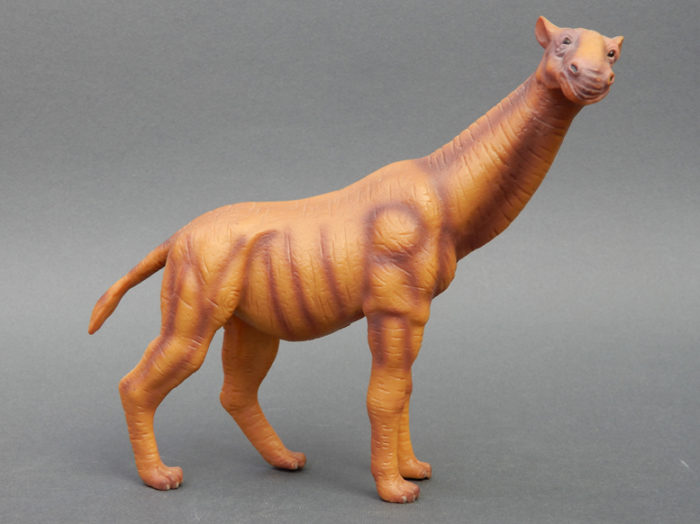
Photographs by PhilSauria
Paraceratherium, also commonly known as Indricotherium or Baluchitherium, was a genus of gigantic hornless rhinoceros-like mammals, belonging to the family of the Hyracodontidae. Their fossils have been found in many parts of Asia, including Kazakhstan, Pakistan, India, Mongolia, and China.
Read more
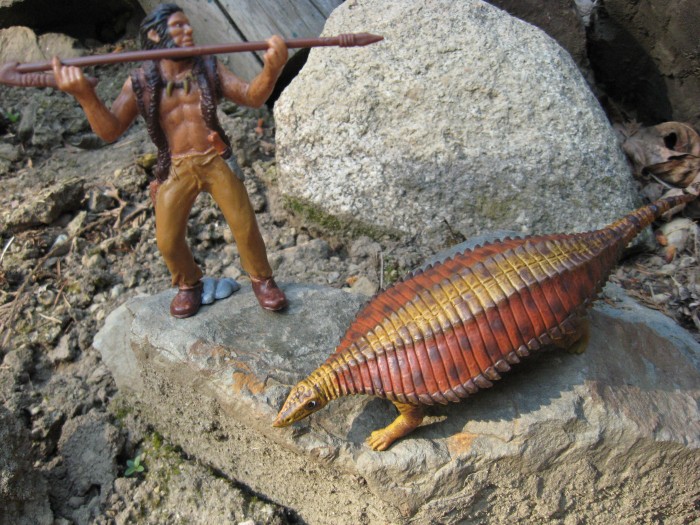
The hognosed Paratypothorax was, at up to 3 meters in length, one of the largest of the aetosaurs. Aetosaurs were a clade of quadrupedal armored archosaurs (“ruling reptiles”) which existed during the Late Triassic. Paratypothorax lived some 210 million years ago in Europe.
Read more
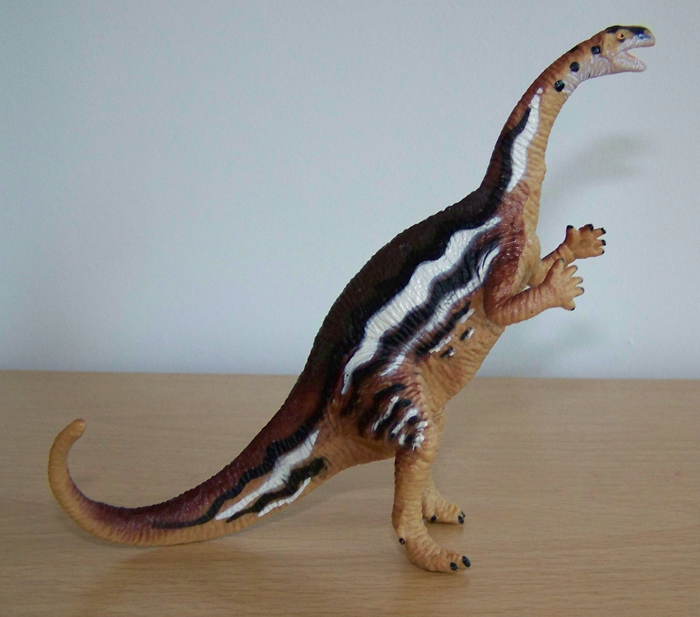
This Plateosaurus, with “1994” stamped on its tummy, is fast becoming one of the older figures in the Carnegie Collection by Safari Ltd. Plateosaurus is from the Triassic of Germany and is classified as a prosauropod dinosaur, that is, a close relative of the later large long-necked sauropods.
Read more
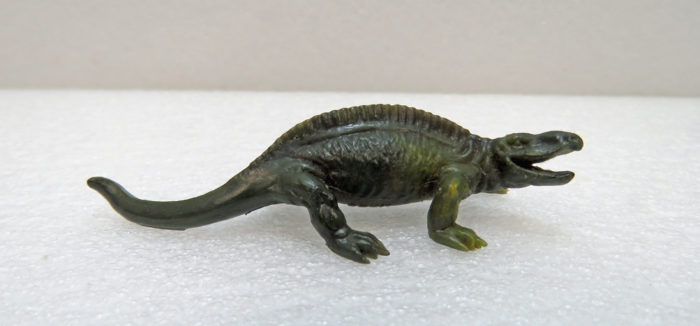
Photographs by Doug Watson, edited by Dinotoyblog
Here we have the Linde Sphenacodon. In May 2009, Tomhet wrote an excellent recension of Marx´ classic Sphenacodon, also writing that “the two others were almost impossible to find”. Well, almost.
Read more
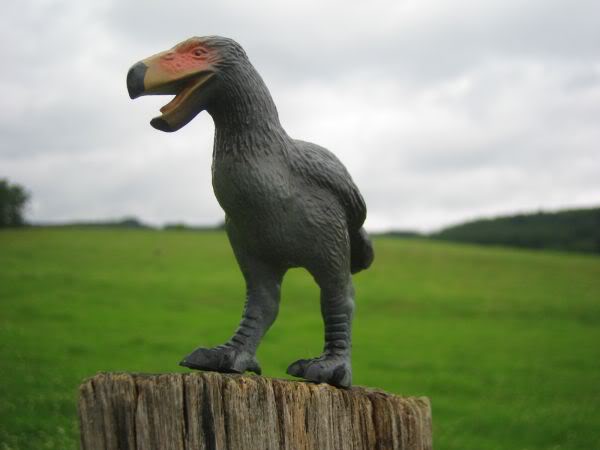
The Bullyland Diatryma is a well done replica of an athletic, robust bird. Bullyland scores with a credible posture, nice colouring and some neat details. On the other hand one can say Bullyland perhaps interpreted Diatryma a little bit too clumsy.
Read more
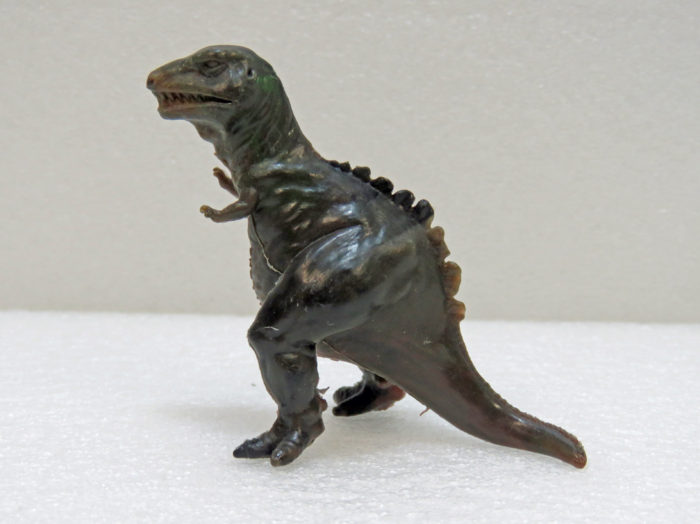
Photographs by Doug Watson, edited by Dinotoyblog
It is time for the “King”. Today I would like to review the Tyrannosaurus by Linde. Linde produced a coffee substitute herbal tea back in the 1950s and casually added little plastic toys as premiums to the packages.
Read more
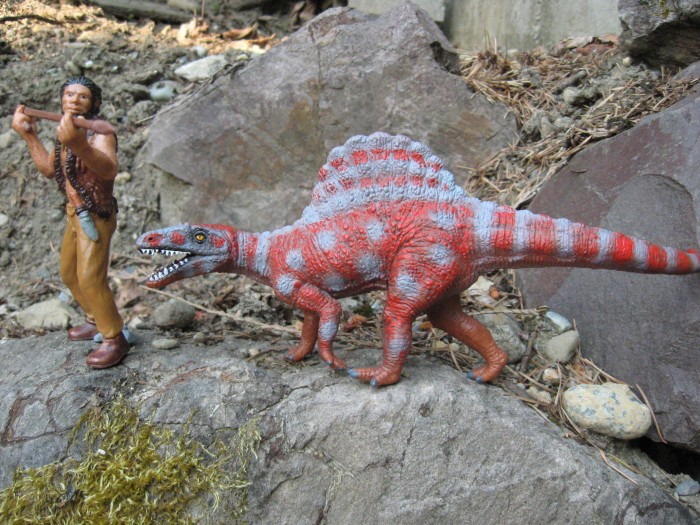
Arizonasaurus was a 12 foot long, predatory, long legged Rauisuchian related to modern crocodilians, and it was a top predator in the lower Triassic ecosystem of yep, you guessed it, Arizona roughly 240 million years ago. The name translates simply to “Arizona reptile”.
Read more
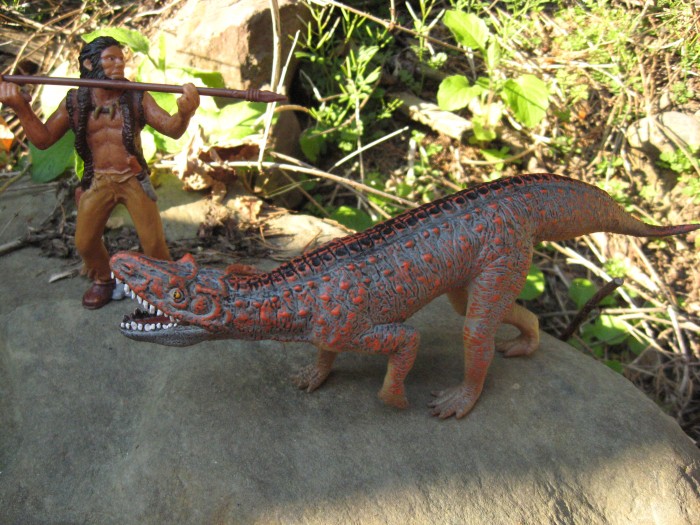
Batrachotomus was a primitive basal rauisuchian, which were a group of crocodile-like archosaurs adapted to a strictly terrestrial lifestyle, and were the dominant predators of the Triassic. Batrachotomus existed around 235 million years ago during the Ladinian Age of the Middle Triassic, and is considered by many paleontologists to be an early form of the more widely recognized rauisuchian genus Postosuchus.
Read more
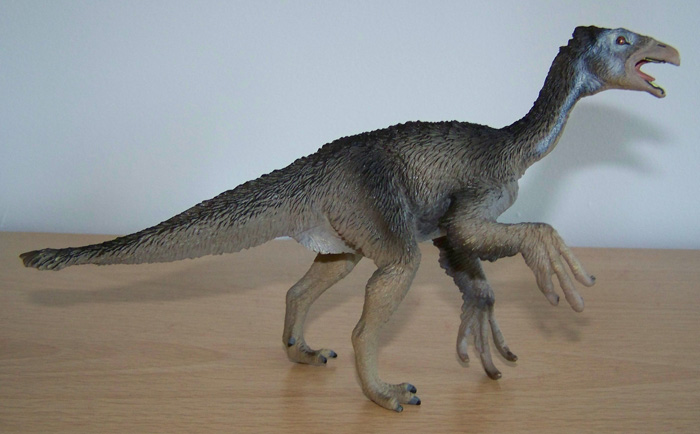
Beipiaosaurus is a therizinosauroid, although it is not included within the family Therizinosauridae because it is more ‘primitive’. Fossils of therizinosaurs have confused palaeontologists for many years. Their fragmentary remains were originally allied with prosauropods because of their long necks, backwards-facing hips, peg-like teeth suited for a herbivorous lifestyle, and other anatomical features.
Read more
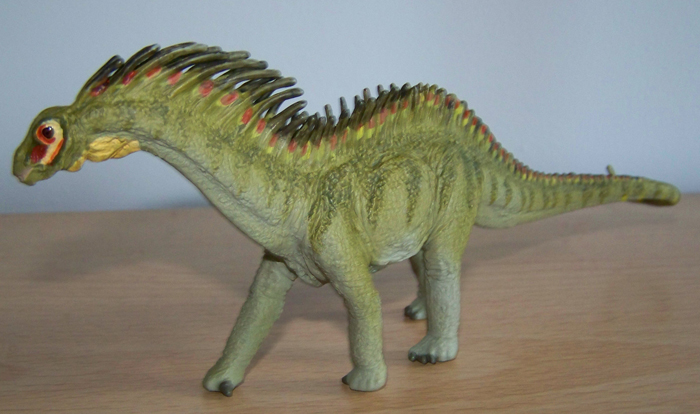
This is a quick announcement to inform everyone that several reviews have now been updated with new walkaround photographs, these are:
Amargasaurus (Carnegie Collection by Safari Ltd)
Giganotosaurus (Carnegie Collection by Safari Ltd)
Dilong (Carnegie Collection by Safari Ltd)
Parasaurolophus (Carnegie Collection by Safari Ltd)
Read more
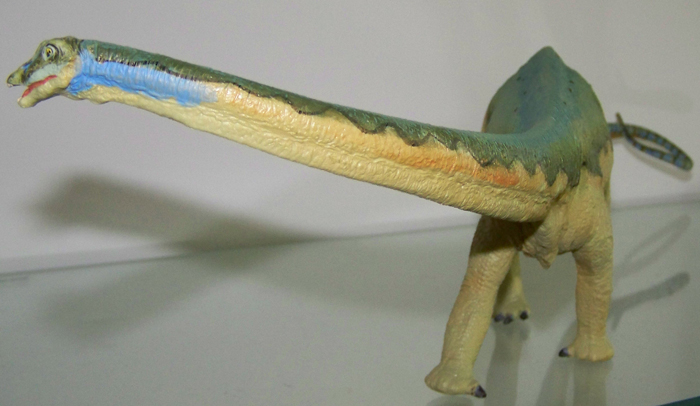
Although the 2008
Diplodocus has been featured several times on this blog already, it has never been reviewed, so it’s time to make amends with a photographic walkaround and short review.
This is Safari’s second attempt at a Diplodocus and this version is a much improved affair.
Read more















